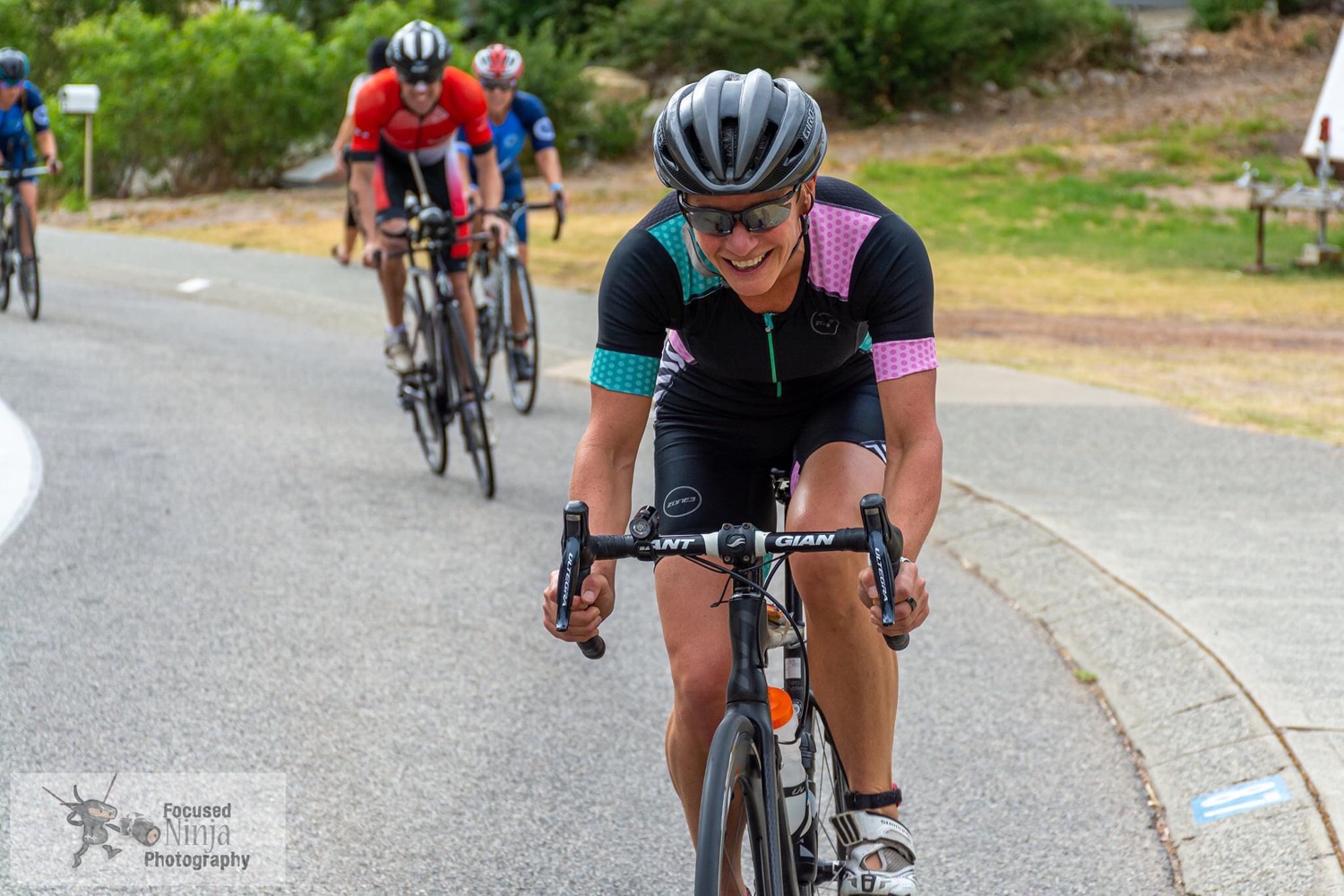Calculating your running thresholds
- Alison Smith
- Dec 1, 2020
- 3 min read
Updated: Mar 4, 2021
Your threshold run pace is a measure of your current best pace for a 60 minute race. It is a useful benchmark of your running fitness and is often used to create pace-based training zones. You can also discover your Run Threshold Heart Rate at the same time.
Knowing your threshold run pace can help your training immensely. Once you have determined what it is, you can carry out high-quality workouts at specific intensities which are faster, which is the best possible way to push threshold run pace — and thus your performances — upward.
You can get a good idea of your threshold run pace without having to do a race. You simply need to do a 30 minute solo time trial with no training partners*.
You'll just need some way of measuring your average pace, such as a GPS watch or smart phone. If you want to learn your Run Threshold Heart Rate, you would need some kind of heart rate monitor.
If you are using Training Peaks, you can then enter your thresholds into your settings. See below for details on how to do this.
The Test
1. Start with a warm up of 5-15 minutes, mainly easy jogging with 3 or 4 short accelerations up to approximate 5km race pace depending on your current fitness.
2. Then gradually accelerate to a tempo which you believe you can sustain for 30 continuous minutes, but not longer. When this tempo is attained, your 30-minute time period begins; during the 30 minutes, you may vary your pace up or down slightly, as necessary, but the idea is to work at your best-possible intensity for the full 30 minutes. The 30-minute test can be completed on a track or measured course, or with a GPS device.
3. What was your average run pace throughout the test? This is your new Threshold Running Pace.
4. What was your average heart rate throughout the test? This is your new Running Threshold Heart Rate.
*Why no training partners?
When you run with others (versus running alone) you'll naturally push yourself slightly harder. By doing this test alone your 30 minute time-trial pace should reflect what you might do when forced to you push yourself 100% in a 60-minute race situation.
Updating Training Peaks
Go into your settings in your account and click on 'zones'

2. In 'Heartrate' scroll down just past the 'default Heart Rate' until you get to the drop down option to chose your sport. Pick 'running'
3. Once you have chosen running, you will get a series of boxes to complete your lactate threshold, maximum and resting HR. Add these in

4. Then chose your calculation method under where it says 'auto calculation'. Chose 'lactate threshold' and 'Joe Friel for running', then 'Apply'. This sets your running heart rate thresholds for all workouts in training peaks.

5. You then do the same for your paces. Scroll down the Zones page until you get to 'Speed/Pace'. Again chose your sport (ie running) and input your threshold pace, taken from your test.
Then chose 'threshold speed' and 'joel friel for running', and calculate.
Don't forget to save and close!
And you're all set
Once you have calculated your threshold pace, you may like to try some of these effective workouts:
• 2–4 x 2,000m at two seconds per 400m faster than your estimated RSLT,
• 3–5 x 1,200m or 1,600m at four seconds faster per 400m
• 6–8 x 800m at eight seconds faster per 400m
• 10–12 x 400m at 12 seconds faster per 400m
All of these should have equal-in-time-duration jog recoveries; for example, if you run your 400s in 90 seconds each, jog easily for 90 seconds to recover each time. Alternating these RSLT-enhancing workouts from week to week will add real lift to your lactate threshold, bolster your overall fitness, and carve large chunks of time from your race performances.







Comments